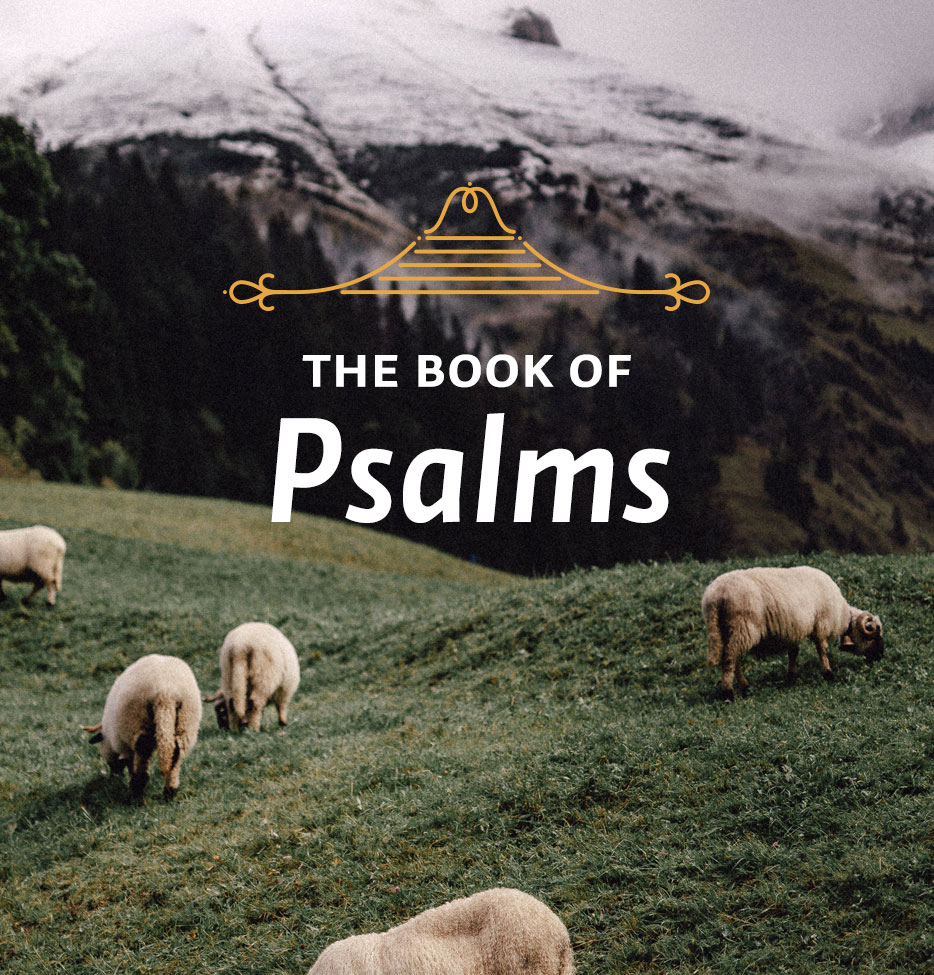Theme: Hebrew Parallelism
In this week’s lessons we look at the six characteristics David gives to describe someone of whom God approves.
Scripture: Psalm 15:1-5
There is one more introductory item, and it has to do with the way the answers provided in Psalm 15 are to be handled. How many are there, for instance? Some commentators find ten items and seem attracted to this number, probably because it suggests the Ten Commandments.2 Stewart Perowne counts eleven particulars.3 In my opinion the best way to approach the answers in these verses is by giving attention to the Hebrew parallelism.
Parallelism in the chief characteristic of Hebrew poetry. English poetry is most often marked by rhyme and meter, but neither of these is in Hebrew. There is a certain kind of emphasis in the lines, which corresponds to our meter, but there is no rhyme at all and, as I say, the chief characteristic of Hebrew verse is the parallel lines. Usually the idea of the first line is repeated in the second with slight variations, but it is not always that simple. Sometimes the lines involve mere repetition, as in the first part of verse 2: “He whose walk is blameless and who does what is righteous…”
Sometimes they express a contrast, as in the couplet that ends verse 2 and begins verse 3: “Who speaks the truth from his heart and has no slander on his tongue. . .” Sometimes they have the form: “Not only this, but also that.” The second half of verse 4 is an example of this construction: “Who keeps his oath even when it hurts…”4
I deal with parallelism here for two reasons. First, although there have been many examples in the psalms thus far, this is the first psalm in which this feature has been so prominent and in which, therefore, it is easy to see some of the important variations. Second, and more important, to recognize the parallelism gives us a proper way to handle the material in Psalm 15. When we recognize that the verses have this paired construction, we see at once that there are six couplets and that each contains an independent idea. In other words, each couplet introduces a separate characteristic of the person who is approved by God. The couplets are the psalm’s outline.
What do these six couplets cover then? The answer is that they cover the approved man’s character, speech, conduct, values, integrity and use of money. A person who has these characteristics is a person after God’s heart.
Study Questions:
What is Hebrew parallelism? What are some different forms of it?
How does parallelism determine the outline in this psalm?
2Craigie traces the origin of this number to S. Mowinckle (Word Biblical Commentary, vol. 19, Psalms 1-50 (Waco, TX: Word, 1983), p. 150).3J. J. Stewart Perowne, Commentary of the Psalms, 2 vols. in 1 (Grand Rapids: Kregel, 1989), vol. 1, p. 187. Original edition 1878-1879.4There are other types of parallelism which are not illustrated by the couplets of this psalm. For a good analysis of these see Tremper Longman III, How to Read the Psalms (Downers Grove, IL and Leicester, England: Intervarsity, 1988), pp. 95-106.






